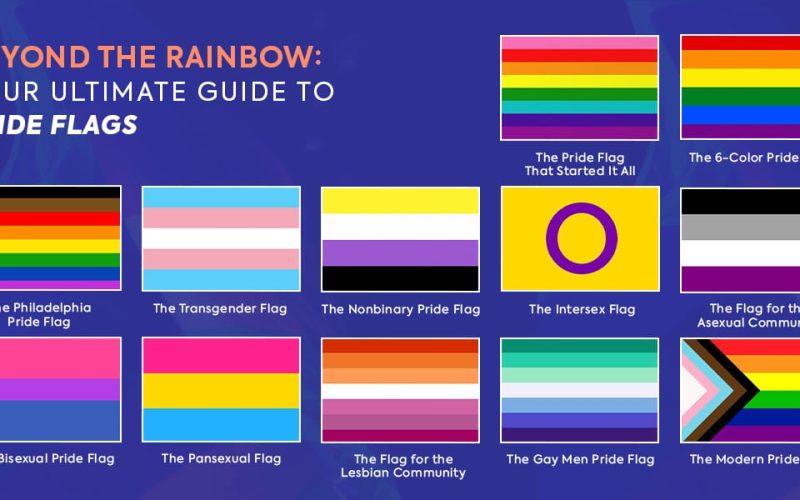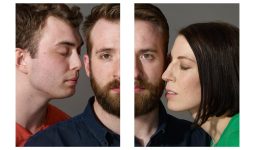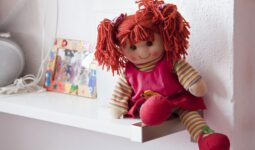The LGBT community is a large one. An umbrella that encompass several sexual orientation, and gender identity.
While a large number of people are familiar with the most common terms in the LGBT community (Lesbian, Gay, Bi-sexual, and Transgender), there’s more to the rainbow flag than just these four terms.
Let’s begin by accepting the fact that the pride flags are the most colourful there is on the planet.
And there are several of them that may not be familiar to many of us, so we have decided to give you all the information you need when it comes to the pride flags and what each colour represents.
Table of contents
1. Gay pride flag
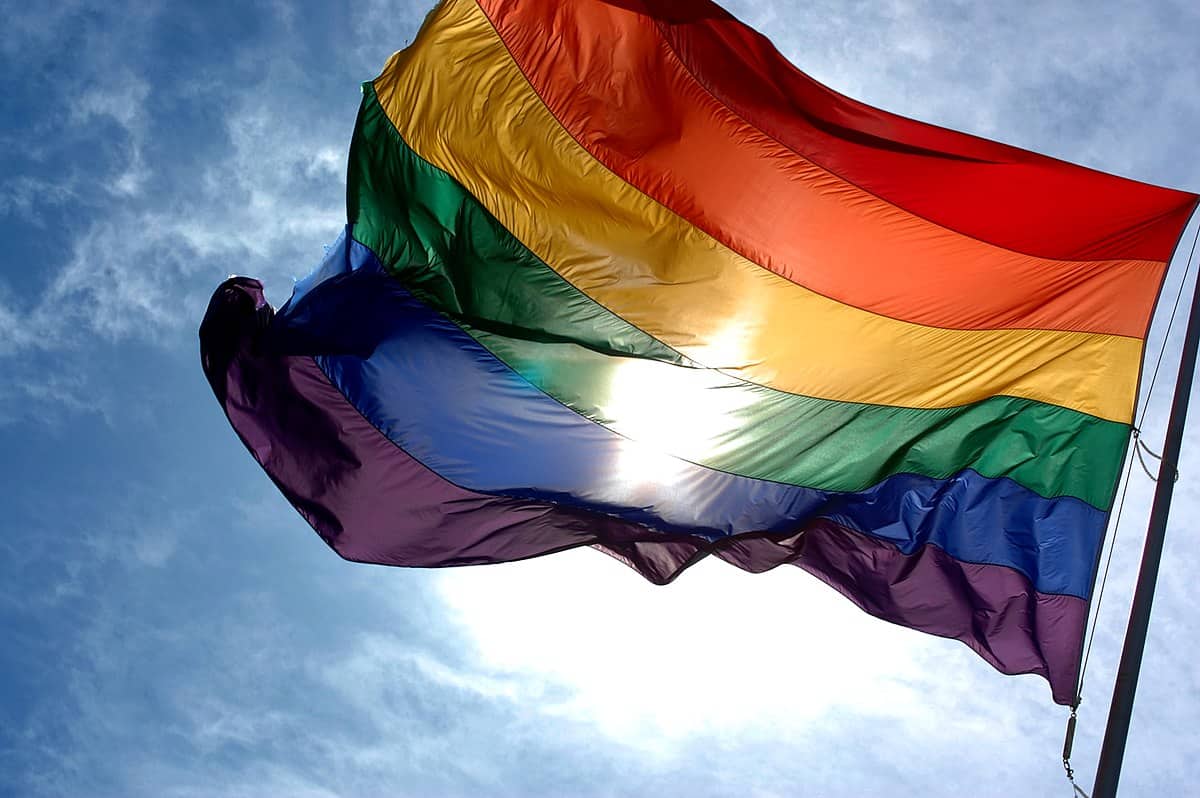
The rainbow flag, which is the gay flag, has become the collective symbol of the LGBT community.
However, there has been a slight change in the original design of the flag from how it was originally designed in 1977. The Gay flag was originally designed by Gilbert Baker in 1977.
According to Baker, who passed on in 2017, each colour on the pride flag represents a different thing.
Below are what each colour stands for;
- Pink stands for sex
- Red stands for sex
- Orange stands for healing
- Yellow stands for sun
- Green stands for nature
- Turquoise for magic
- Blue for serenity
- Purple for the spirit
In an interview with ABC News in 1972, Baker said “I like to think of those elements as in every person, everyone shares that. Flags say something. You put a rainbow flag on your windshield and you’re saying something.”
Despite the fact that the six colored gay flag that we are familiar with was as a result of difficulty getting a turquoise or pink fabric, which does not mean the gay flag has stopped changing.
In 2017, the campaign group named More Color More Pride, included two extra stripes of black and brown to the old gay flag in order to represent people of colour.
The alteration to the flag sparked controversy, but it attracted a large host of supporters, in addition to Lena Waithe who adorned a cape version of the new flag to the 2019 Met Gala.
2. Bisexual Pride Flag
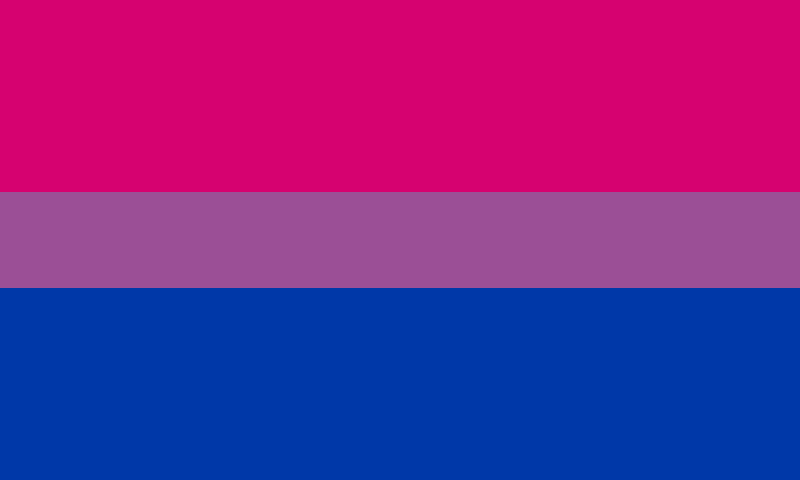
The bisexual pride flag was created by in 1998 by Michael Page in order to provide bi-sexual people with a more stable sense of identity, visibility, and communities.
Page mentioned that the message of the bi-sexual flag was the idea that there is a fade from the purple into the blue and pink, in the same manner that the bi-sexual individuals blend into the gay and straight communities unnoticed.
Apart from the flag that the bi-sexual people have won for themselves, they also got a lovely bi-sexual lighting meme.
While the meme may be only applicable on social media, there is a bi-sexual theme as well that has been used in several movies and music videos. Great way to represent people who find themselves in between.
3. Trans Pride Flag

The transgender flag was designed by Monica Helms, who was a navy veteran that came out as Trans as far back as 1987.
Helms designed the Trans flag in 1999, after her first meeting with Michael Page, and he talked about how it was vital that the Trans community has a flag.
The idea of the transgender flag design came in quite easy to her with the pink representing trans-women, and the blue representing trans-men.
The non-binary community was also represented by with the white stripe added to the center of the flag.
While Monica went everywhere with the flag for several years, it wasn’t until 2013 that the LGBT community and the rest of the world began to take note of it.
4. Progress Flag
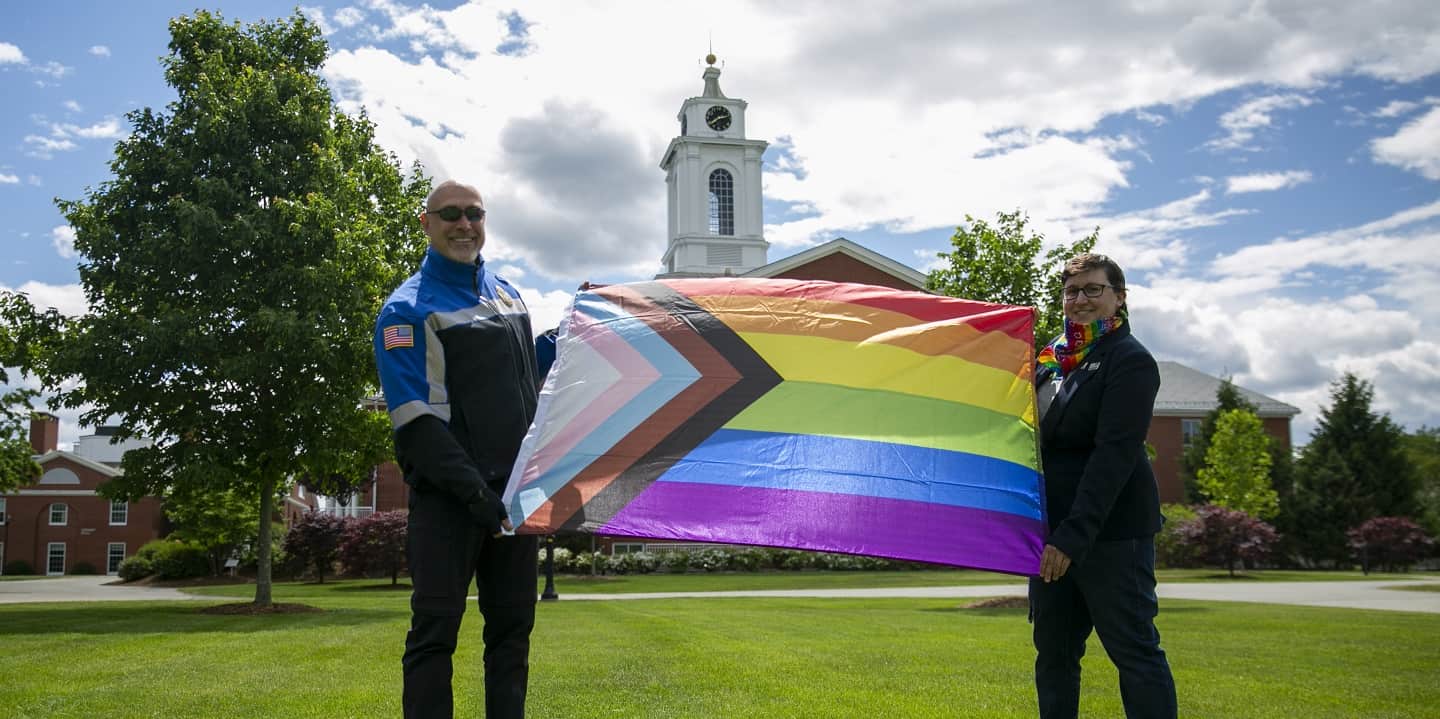
In 2019, one designer started a campaign for the reboot of the full pride flag so as it make it more inclusive by including a 5 colored chevron that will represent the trans community and queer people of colour.
The six color rainbow flag was recently redesigned by Daniel Quasar, who identifies as queer and non-binary says that the addition of a five-striped arrow is to reflect all aspects of the LGBT community.
The production of this flag began in July after a successful fundraising campaign.
5. Lesbian Pride Flag

While you may not find the lesbian pride flag in most pride matches, this lovely flag represents the lesbian community online, and is widely used.
The flag obviously represents the L in the LGBT community and carries a lovely collection of different hues of pink.
Despite how lovely this flag is, many lesbians have decided to opt for symbols such as the rainbow flag or the Venus symbol with the interlock. You may either see this flag mixed with other pride flags, or with a bright red coloured kiss that represents the lipstick lesbians.
6. Intersex Pride Flag
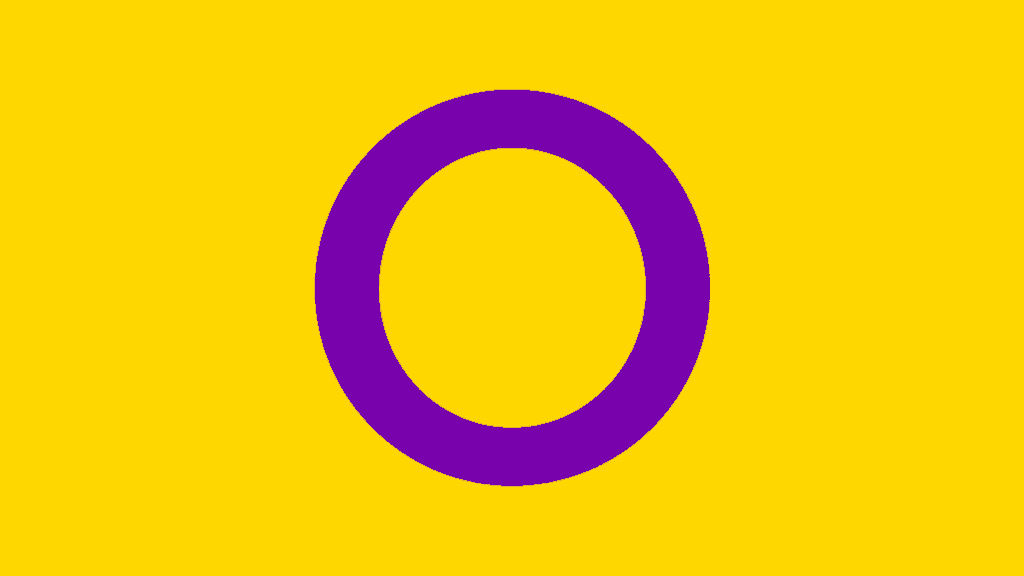
Intersex is a word used to refer to persons born with variations in sex characteristics such as chromosomes, sex hormones, gonads, or even genitals that look neither like the male nor the female sex organ.
The intersex flag was designed by the advocacy group known as Intersex Human Rights Australia in 2013. The intersex pride flag is one that stays away from the traditional gender indicating colors of pink and blue; an avoidance that can be considered deliberate.
While explaining the meaning of the intersex flag, the advocacy group had this to say: “The circle is unbroken and unornamented, symbolizing wholeness and completeness, and our potentialities.
We are still fighting for bodily autonomy and genital integrity, and this symbolizes the right to be whom and how we want to be.”
7. Pansexual Pride Flag
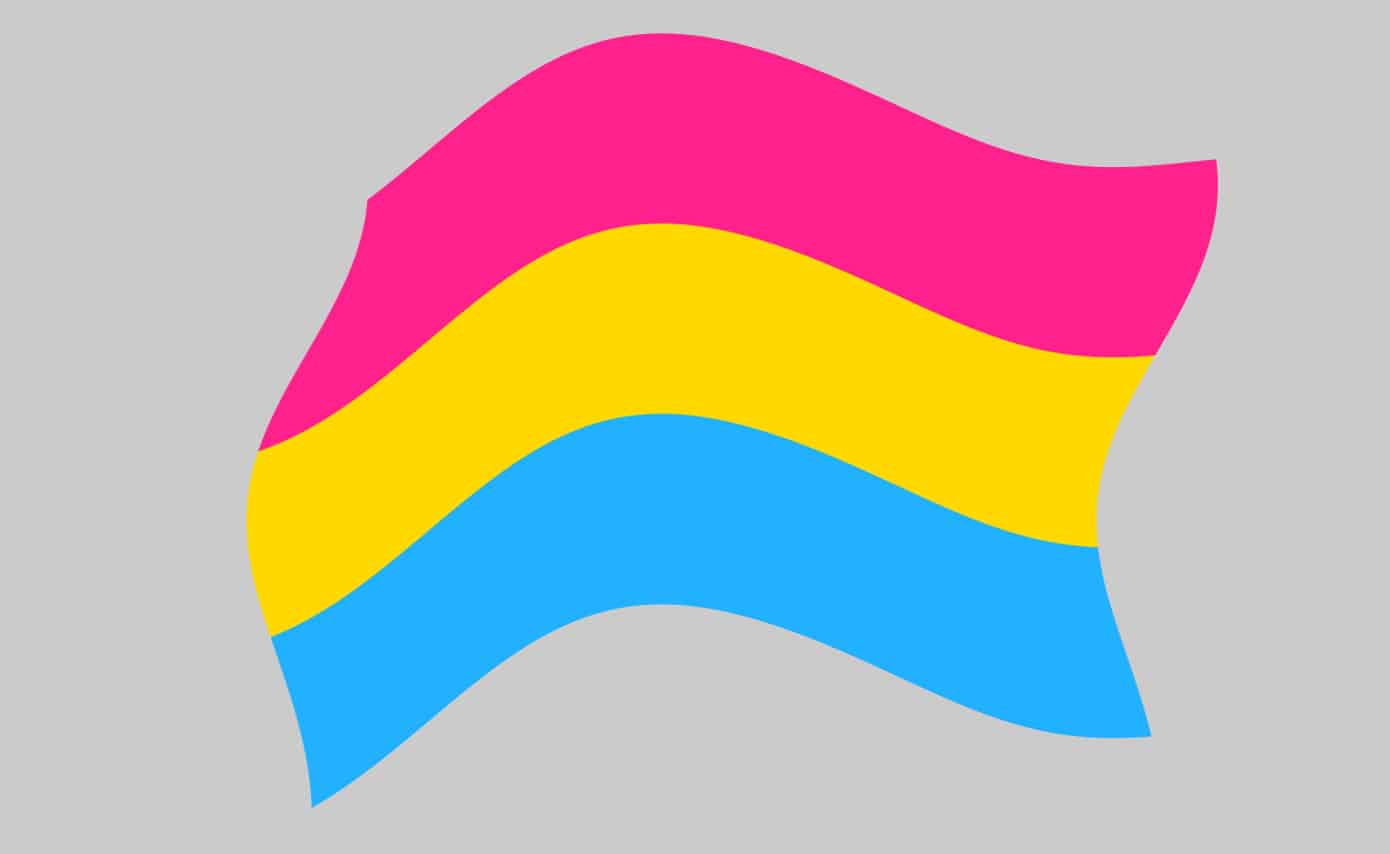
While most parts of the LGBT community are considered to be unique sexual orientations, the pansexuals have been seen as people with a unique sexual attraction than as a sexuality.
Nobody has been identified as the creator of the Pansexual flag, but it has been used a lot more in recent times.
The flag shows a sexual attraction to men with the blue colour, women with the pink colour, and individuals of all genders (including trans people) with the yellow stripe.
8. Asexual Pride Flag
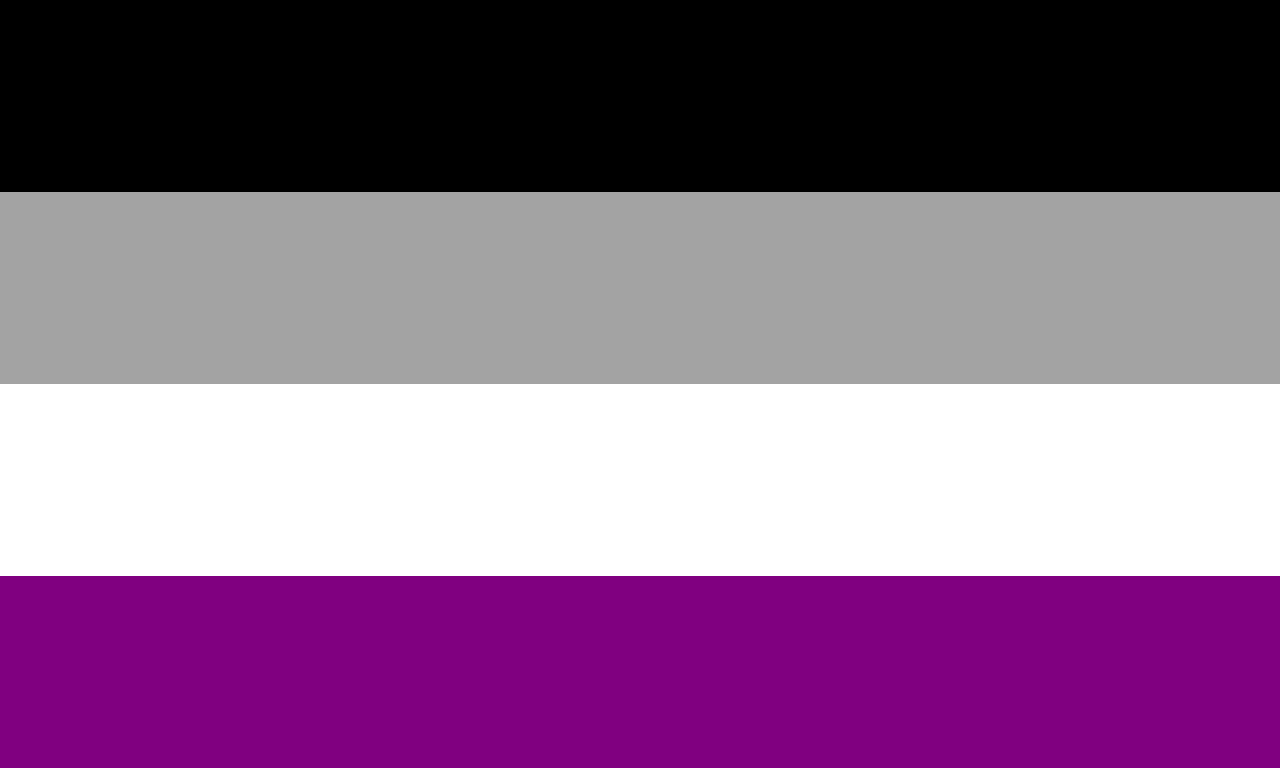
It may be hard to believe that there are people with almost no sexual orientation or desires, but they truly exist, and they are called asexuals.
According to information available in the asexual archives, the asexual flag was designed by a member of the Asexuality Visibility and Education Network (AVEN) in 20109 as part of a contest.
As with all other LGBT flags, all four coloured of the asexual flag has a unique thing they represent. With the black stripe representing asexuality, the grey strip representing demi sexuality, the purple representing the entire asexuality, and the white representing allies.
9. Polysexual Pride Flag
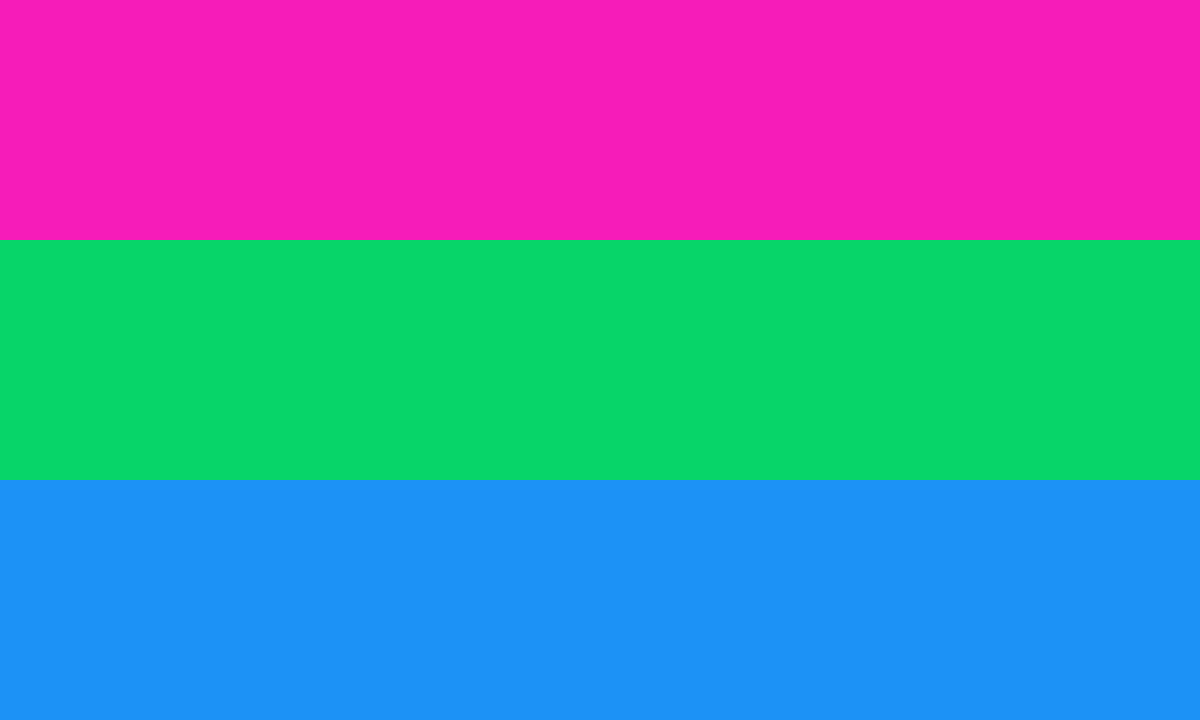
Polysexual is a term used to represent people who are attracted to two or more genders, but not all genders.
The term can also be used as an umbrella term for sexual identities like pansexual and bi-sexual, but some people use the term as a sexuality in itself.
The flag has blue, pink, and green stripes that each represent sexual attraction to men, women, and people of other genders.
10. Polyamorous Pride Flag

Polyamory is a term used for people who are in an open relationship, or in a romantic relationship with two or more people.
Many people in polyamorous relationships identify as members of the LGBT community and also have a flag of their own.
The flag has colors that represent different things as well. Designed by Jim Evans, the polyamourous flag has a blue stripe that represents honesty, red that represents love, and black representing the war against discrimination.
These are only a few of the pride flags and what they represent. Share your thoughts with us by leaving a comment below.




